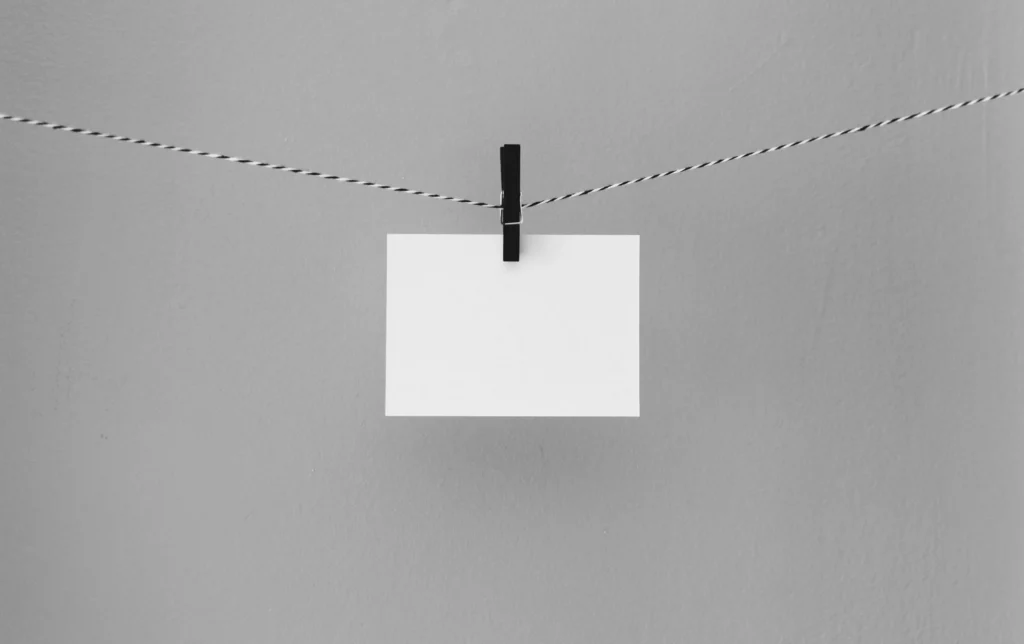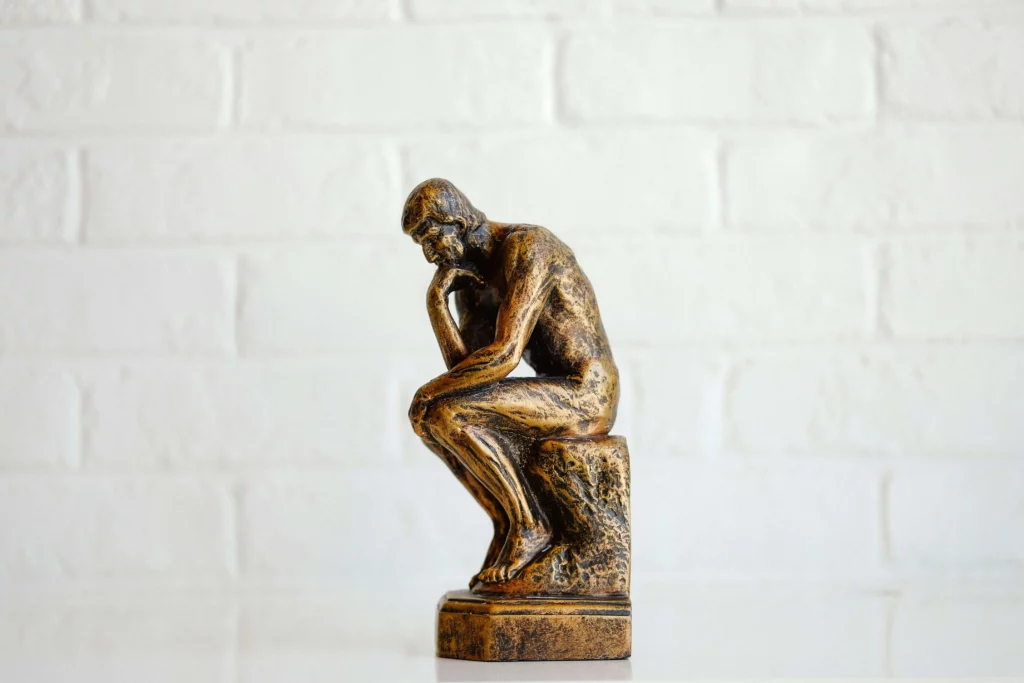The origins of cursive writing and letter styles are deeply rooted in our history. One common question that arises about cursive is Why does a cursive Q look like a 2? Let’s delve into this further and provide an understanding of the root of this query.
What is Cursive?
Cursive writing is a type of penmanship where the characters are joined in a flowing, seamless manner, mainly to increase writing speed. Over time, certain letters, including the capital Q, have evolved to have styles that differ from their print counterparts.

Origins of Cursive Q
The design of letters in cursive is influenced by a number of factors, including the need for speed, practicality, and aesthetics. Originally, cursive was developed to create letters in a single stroke for quicker writing. The cursive Q we know, typically written as a loop with a tail, was simplified for ease of writing.
Different Writing Systems
- American System: The American system used for cursive writing is a simplified version of the Spencerian system. The Q was designed this way for simplicity, and it looks a bit like a loopy number 2.
- Palmer Method: Another popular method of teaching cursive in America is the Palmer Method. Here, the capital and lowercase letters are similar, and the Q is created through continuous, flowing strokes.
- Other Methods, Different Qs: Around the world, there are different methods of cursive writing, resulting in various forms of the cursive Q, which may look like a “2” or a “Q”, but can also have other forms.

Modern Cursive vs. Printing
In modern cursive writing, specific letters like the capital Q look different from their printed version due to the connected and continuous nature of the strokes. In print, however, letters like the Q are written with straight tails.
Special Cases
History has also seen changes in the appearance of the cursive Q due to practical reasons For example, in 1996, a prominent publisher of handwriting textbooks changed the cursive Q to an oval with a tail because the US
Postal Service’s automated scanners were reading the Q’s as 2’s

Conclusions
In conclusion, the design of the cursive Q that looks like a “2” is a result of historical evolution and practical factors. Though cursive writing has been on the decline in recent years, it is making a comeback in some places, and understanding its idiosyncrasies like the cursive Q, can be both fascinating and daunting to learners. Whether we perceive it as a “2” or a “Q”, in the end, it is the fluid romance of cursive writing that carries through.
